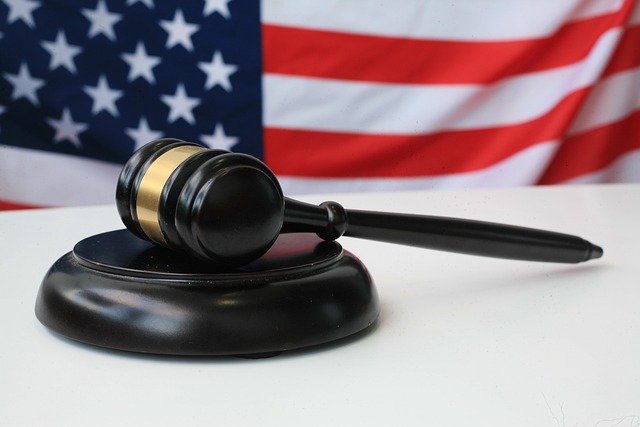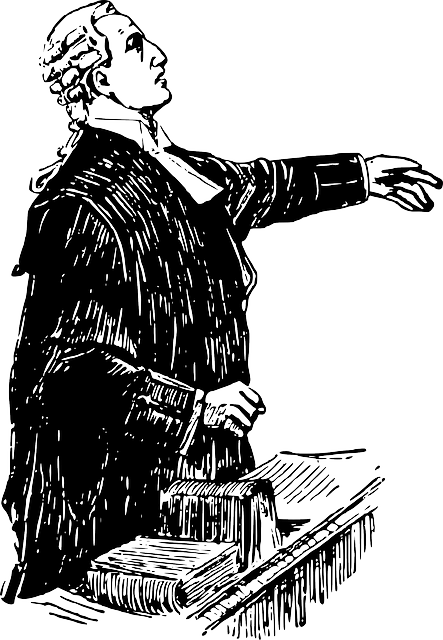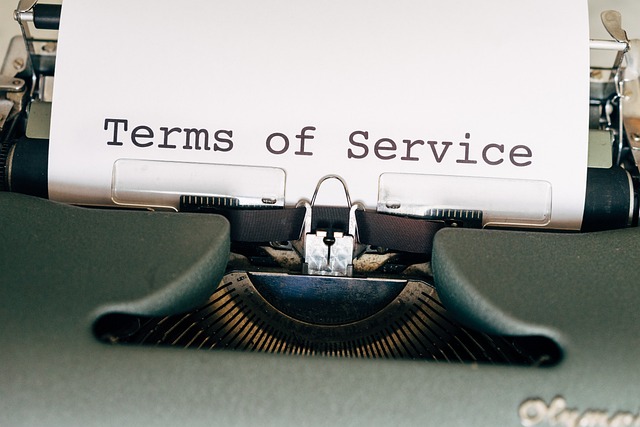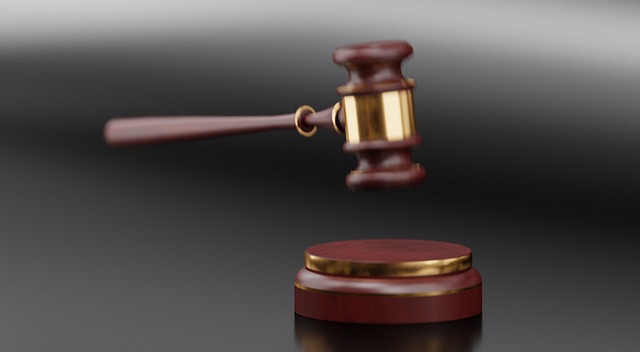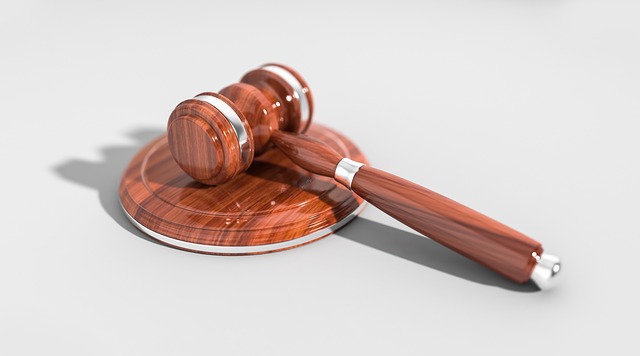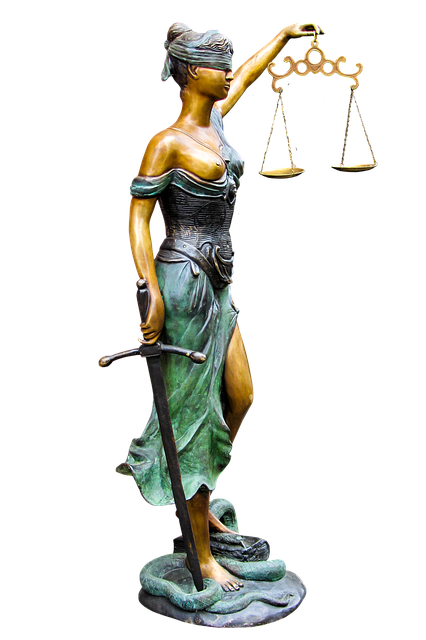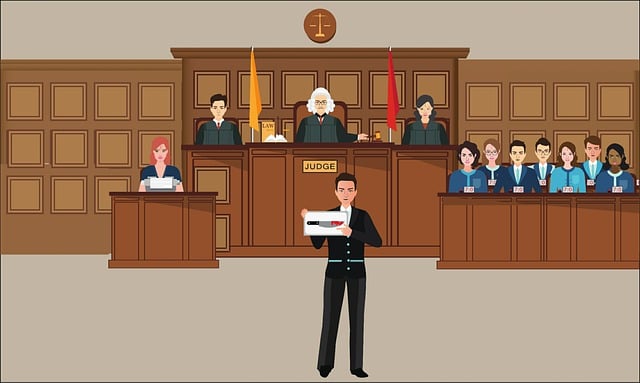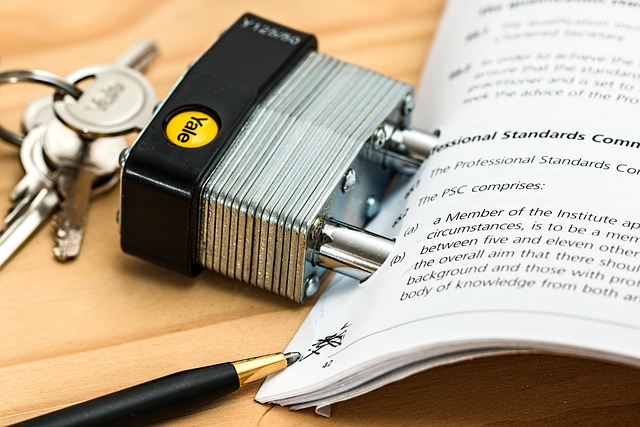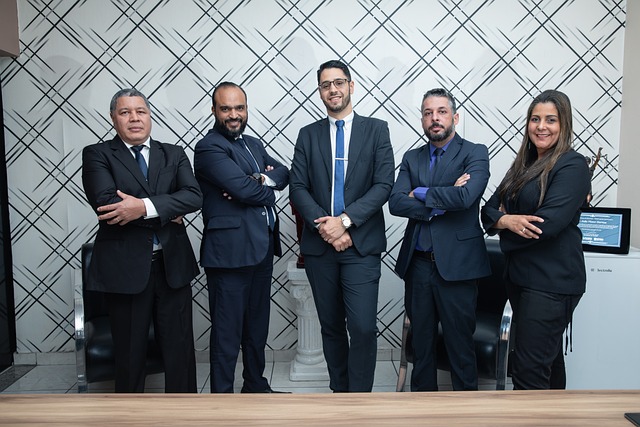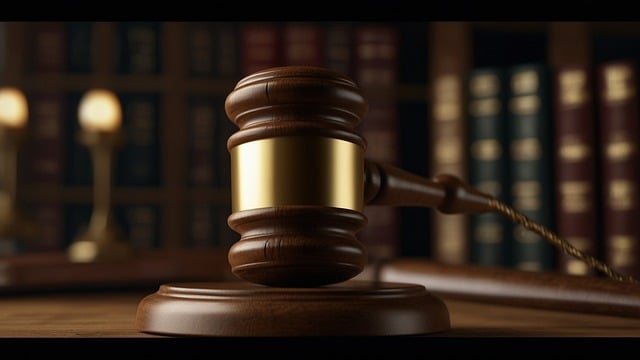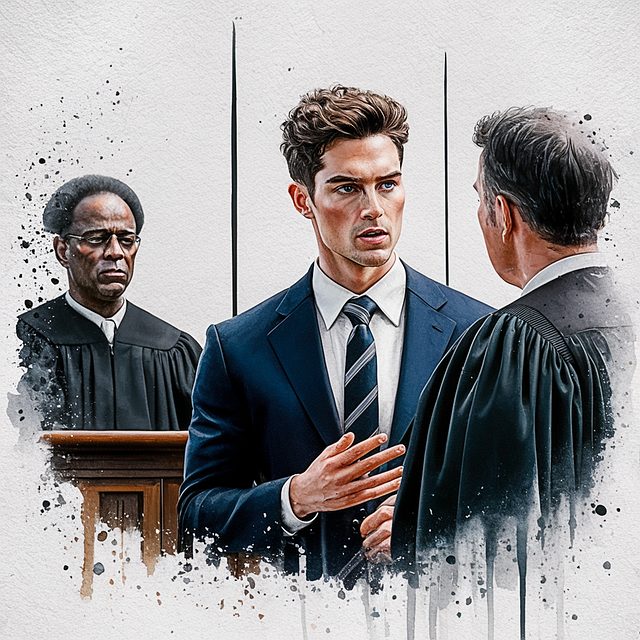Category: Centennial Colorado Slip and Fall Accidents
Centennial Colorado Slip and Fall Accidents: An In-depth Analysis
Introduction
In the dynamic world of safety management, few topics evoke as much debate and concern as slip and fall accidents. Among the many regional variations, “Centennial Colorado Slip and Fall Accidents” stands out for its unique characteristics and significant impact on public safety, legal frameworks, and economic considerations. This comprehensive article aims to dissect this critical issue, exploring its historical roots, global influence, technological advancements, policy implications, and future prospects. By delving into these aspects, we seek to equip readers with a thorough understanding of the complex landscape surrounding Centennial Colorado slip and fall incidents.
Understanding Centennial Colorado Slip and Fall Accidents: A Definition and Historical Context
At its core, a “Centennial Colorado Slip and Fall Accident” refers to any unintentional fall resulting in injury or harm sustained within the state of Colorado, USA. This phenomenon encompasses a wide range of scenarios, from domestic falls in private residences to public slip-and-falls on city sidewalks and commercial premises. Historically, such accidents have been a persistent concern, with records indicating consistent rates of hospitalization due to falls among various age groups, particularly the elderly.
The term “Centennial” here highlights Colorado’s unique position as one of the few U.S. states that does not have a specific statute of limitations for personal injury claims, including slip and fall cases. This legal aspect significantly influences the way these accidents are handled and settles, setting it apart from other regions with stricter time limits.
Global Impact and Trends
The phenomenon of slip and fall accidents is by no means exclusive to Colorado; it is a global concern with profound implications. According to the World Health Organization (WHO), falls are a leading cause of injury-related deaths among older adults worldwide, with an estimated 470,000 fatal falls occurring annually. This statistic underscores the urgent need for comprehensive fall prevention strategies, which “Centennial Colorado Slip and Fall Accidents” can offer insights into.
Trends indicate that low- and middle-income countries often face a disproportionate burden of fall-related injuries due to limited access to healthcare and safety infrastructure. In contrast, developed nations like Colorado have made notable strides in fall prevention through public awareness campaigns, improved building codes, and advanced medical care. However, even in these regions, certain demographics, such as the elderly and individuals with mobility challenges, remain vulnerable.
Economic Considerations: Market Dynamics and Impact
The economic implications of Centennial Colorado slip and fall accidents are multifaceted. On one hand, these incidents result in substantial direct costs, including medical expenses, rehabilitation services, and legal fees. A study by the Centers for Disease Control and Prevention (CDC) estimated that non-fatal fall injuries among older adults in the U.S. resulted in over $30 billion in annual medical care costs in 2015.
Indirect costs are equally significant, encompassing lost productivity, decreased quality of life, and long-term care needs. For instance, a fall resulting in a hip fracture can lead to reduced mobility, increased dependence on caregivers, and prolonged hospital stays, all of which contribute to economic strain on individuals and families.
Moreover, the economic impact extends to businesses and insurance providers. Commercial property owners face potential legal liabilities, while insurance companies assess risks and adjust premium rates based on local accident statistics.
Technological Advancements: Enhancing Fall Prevention
Technological innovations play a pivotal role in transforming the landscape of fall prevention. Here are some notable advancements:
-
Wearable Technology: Smartwatches and fitness trackers equipped with accelerometers and gyroscopes can detect falls and alert emergency services or caregivers. These devices, when paired with mobile apps, enable remote monitoring and prompt response times.
-
Advanced Prosthetics and Orthotics: Innovations in prosthetics and orthotics enhance the stability and mobility of individuals with lower limb impairments, reducing the risk of falls. Customized devices, such as robotic exoskeletons, assist with balance and gait, particularly for those recovering from injuries or suffering from conditions like Parkinson’s disease.
-
Environmental Sensors: Smart home and building technologies incorporate sensors that detect changes in ambient conditions, such as slippery surfaces or obstacles. These systems can automatically adjust lighting, trigger warnings, or notify occupants of potential hazards, thereby reducing fall risks.
-
Telehealth and Remote Monitoring: The COVID-19 pandemic accelerated the adoption of telehealth, allowing healthcare providers to monitor patients remotely through virtual check-ins, wearable sensors, and digital health platforms. This approach improves access to care for at-risk individuals while enabling proactive fall prevention strategies.
Policy and Regulation: Governance and Frameworks
The regulatory environment significantly influences the management of Centennial Colorado slip and fall accidents. Key policies and regulations include:
-
Colorado Revised Statutes (CRS): The CRS outlines various provisions related to personal injury, including a one-year statute of limitations for negligence claims. While this may vary from other states, it sets the legal framework for slip and fall cases in Colorado.
-
Building Codes and Safety Standards: Local and state governments enforce building codes and safety standards that address factors contributing to slips and falls, such as proper lighting, handrail installation, and maintenance of public spaces. These regulations are crucial in preventing accidents in commercial and residential settings.
-
Worker’s Compensation Laws: For workplace-related slip and fall incidents, Colorado’s worker’s compensation system provides coverage for medical expenses and lost wages, ensuring that employees receive necessary support while employers face limited liability.
Public Awareness and Education: A Cornerstone of Prevention
Public awareness campaigns play a critical role in fall prevention by educating individuals on risk factors, safety measures, and available resources. The Colorado Department of Public Health and Environment (CDPHE) launches initiatives focused on older adults, young children, and individuals with disabilities, promoting balance exercises, home safety inspections, and the use of assistive devices.
Community-based programs, such as senior center classes and school-based education, empower people to take proactive steps toward fall prevention. These efforts contribute to a culture of safety, fostering a collective responsibility for reducing slip and fall incidents.
Future Prospects: Emerging Trends and Challenges
As we look ahead, several trends and challenges shape the future of Centennial Colorado slip and fall accident management:
-
Aging Population: With an aging population, the risk of falls among older adults will continue to rise. Addressing this challenge requires multifaceted approaches, including improved access to healthcare, home safety modifications, and community-based programs that promote mobility and independence.
-
Technology Integration: The integration of technology in fall prevention offers both opportunities and challenges. While wearable devices and smart home systems show promise, ensuring privacy, data security, and user-friendly interfaces remains essential for widespread adoption.
-
Personalized Care and Risk Assessment: Future strategies may involve personalized risk assessments tailored to individual needs, leveraging advanced analytics and machine learning algorithms. This approach could lead to more targeted interventions and improved outcomes.
-
Global Collaboration: Given the global nature of fall-related injuries, international collaboration is crucial for sharing best practices, research findings, and successful intervention strategies. Collaborative efforts can help address disparities in fall prevention across different regions.
Conclusion
“Centennial Colorado Slip and Fall Accidents” represent a complex interplay of legal, economic, technological, and social factors. Understanding this phenomenon requires a comprehensive approach that considers the unique historical, cultural, and regulatory context of the state. By leveraging advancements in technology, policy reforms, public education, and personalized care, it is possible to reduce the burden of slip and fall incidents, enhance public safety, and improve quality of life for vulnerable individuals. As we navigate the future, a proactive and collaborative effort across sectors will be essential to meet the evolving needs of a changing population.
Master Centennial’s Tax Laws: Free Consultation, Big Savings, Expert Disputes
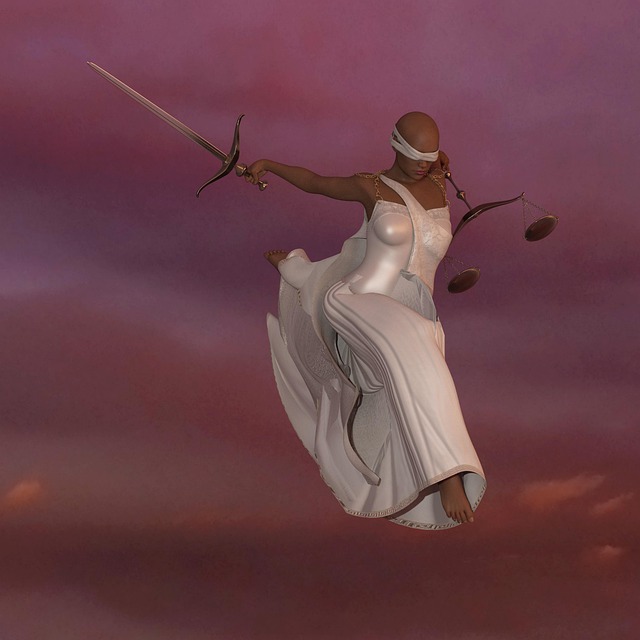
Tired of the complex tax code in Centennial, Colorado leaving you vulnerable to unexpected financial…….
Centennial CO Slip & Fall? Protect Assets, Ensure Loved One’s Future with Top Guardianship Attorney.
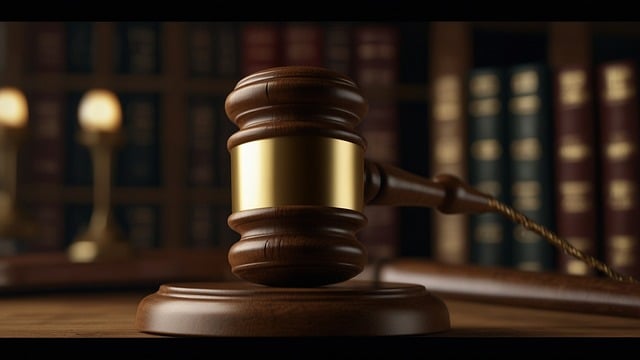
Are you a resident of Centennial, Colorado, dealing with the aftermath of a slip and fall accident?…….
Maximize Your Compensation: Centennial’s Top Lawyer Settles Slip & Fall Claims
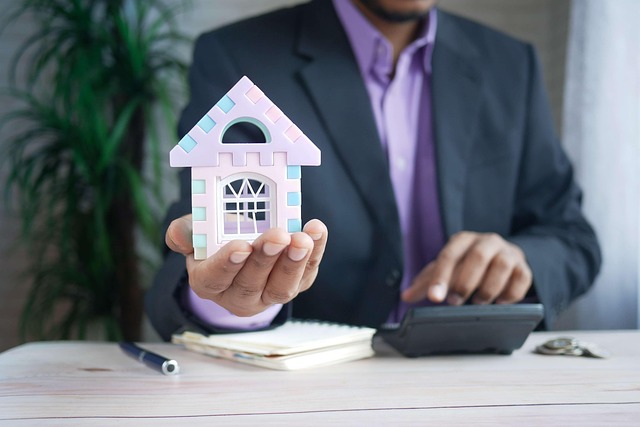
Tired of watching your hard-earned profits slip away due to costly slip and fall accidents in Centen…….
Uncover & End Unfair Treatment: Top Centennial CO Lawyer Fights for You

Are you a resident of Centennial, Colorado, dealing with the aftermath of a slip and fall accident a…….
Centennial’s Top Lawyers: Save Thousands on DUI/DWI & Slip & Fall Defense
Save Money, Protect Your Child: Top Defense for Slip & Fall Cases in Centennial CO

In Centennial, Colorado, slip and fall accidents can cause not just physical harm but also significa…….
Centennial CO’s Top Lawyer: Settle Slip & Fall Cases, Save on Legal Fees Now!
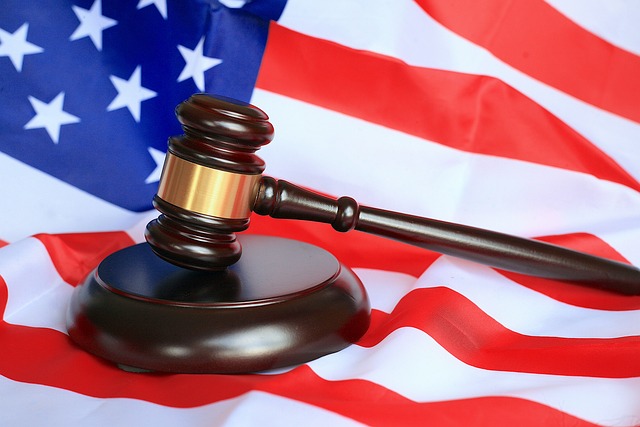
Are you a business owner in Centennial, Colorado, tired of the financial strain and downtime caused…….
Save Money on Your Traffic Ticket: Expert Defense in Centennial, CO

Facing a traffic ticket in Centennial, Colorado, especially after a slip and fall accident? Don'…….
Civil Rights Protected, Costs Reduced: Top Legal Aid for Colorado Slip & Fall Cases
Centennial, CO Slip & Fall? Win Thousands with Top Liability Lawyers!
Centennial, CO’s Top Attorneys: Free Help to Break Free from Abuse
Maximize Your Settlement: Centennial CO Slip & Fall Expertise, Free Consultation.

Are you struggling with mounting medical bills and facing a lengthy recovery after a slip and fall a…….
Centennial, CO: Unlock Financial Security for Your Child with Expert Support

In the heart of Centennial, Colorado, where slip and fall accidents can disrupt lives, Free Legal Ai…….
Protect Your Child, Avoid Severe Charges: Free Aid for Centennial’s Slip & Fall Cases

In Centennial, Colorado, where slip and fall accidents can have severe legal repercussions for teena…….
Maximize Compensation for Centennial, CO Slip & Fall Motorcycle Accidents – Free Consultation Now!
Save Your Child, Secure Compensation: Top Juvenile Defense in Centennial CO Slip & Fall Cases

Are you a parent in Centennial, Colorado, facing the financial strain of a slip and fall accident in…….
Secure Your Innovations: Top IP Protection in Centennial, CO – Save Now!
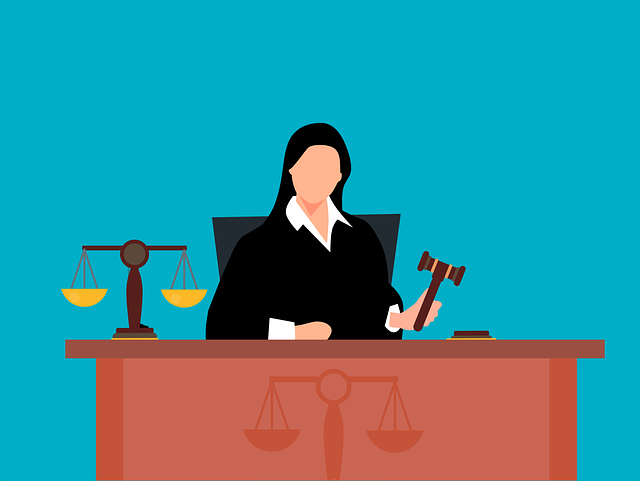
In the highly competitive landscape of Centennial, Colorado, where slip and fall accidents can be de…….
